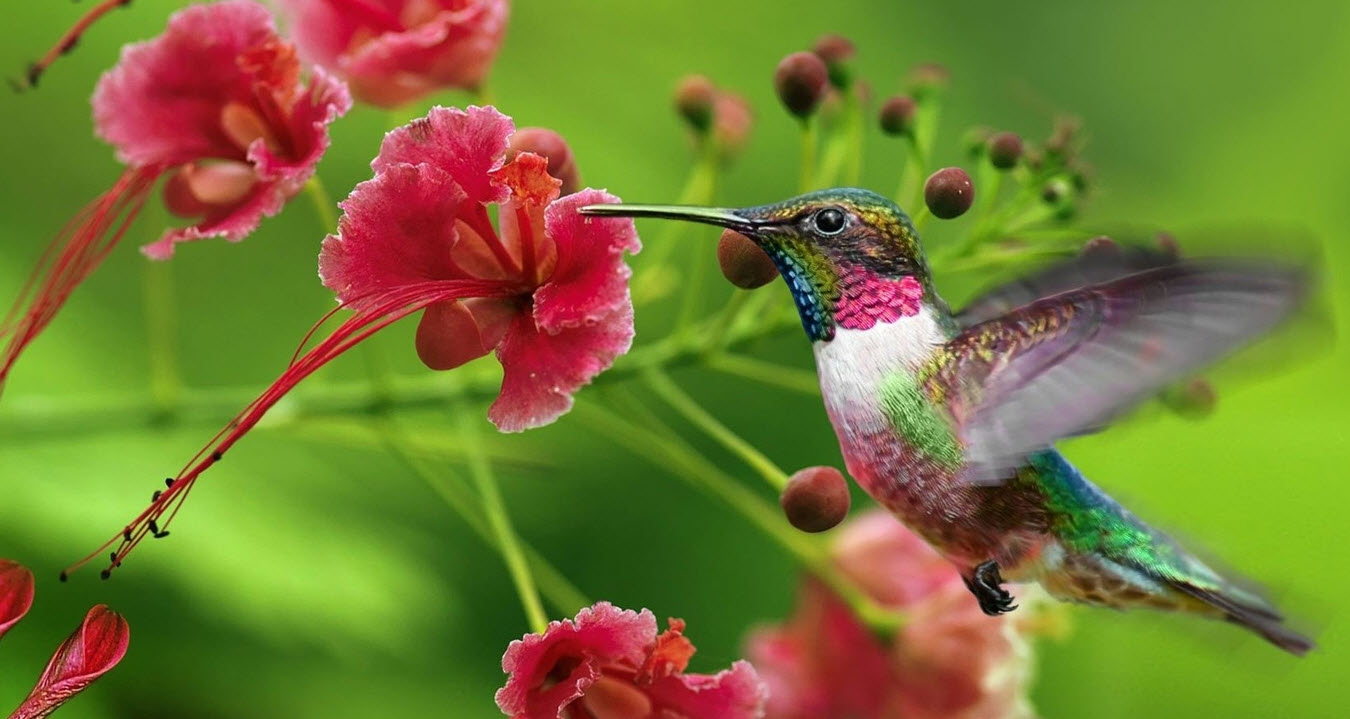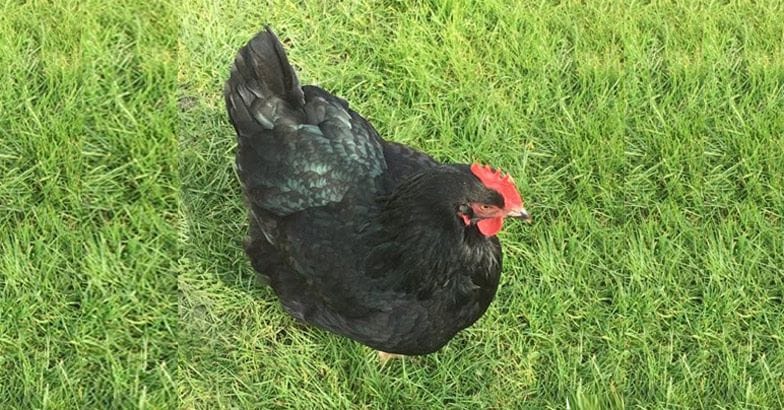Outdoors: Having a grand time flushing out birds

I have been hunting pheasants with Tom Lounsbury for about a decade now and Lounsbury (who is a good man, and thorough) was more excited leading up to this season than I’d ever heard him before. His fields were certainly as a gorgeous as I’ve ever seen them – head-high big bluestem and Indian grass across the bulk of them – and Lounsbury, who is not prone to exaggeration, said he was hearing and seeing more roosters this year than he has in many.
But the first hour afoot with competent dogs through some of the prettiest grass this side of South Dakota yielded just two flushes: a lone hen and an unidentifiable single (perhaps a young rooster?) that flushed at about 100 yards.
We heard a single shot from a farther field – Lounsbury had divided us into two foursomes that went to separate fields to start – and then a couple more shotgun reports a short time later.
When we regrouped, there were no birds in the bag and a disagreement about how many had been flushed. Bob Walker, one of the usual suspects on these soirees, had shot a bird that he said folded up nicely, but no one could find it in the grass. Then a bird got up about 25 yards away – a rooster that had no tail feathers, according to Lounsbury – that a couple of other guys got a pop at but failed to bring down. Walker insisted that his bird had been hit hard enough that it wasn’t getting up again. The others, noting the lack of accessories on the rear end of the escapee, were not so sure.
So we got back together to sweep across the fields again, all of us in the same field. It was the way the oldsters in the crowd, which was practically all us, save Isaiah Battel and another fellow who is merely in his 50s, remember how it used to be when we were lads: lots of guys forming a line and marching across the fall fields.
This time, Brady, Bill Parker’s German shorthair, went on point relatively quickly and Russ Mason, chief of wildlife with the Department of Natural Resources, killed a cock. We were on the board.
We pivoted, started across again, and Rub, my setter, obviously had a snootful of scent – he was back-and-forthing at a frantic pace – but was unable to pinpoint it and Samson, Battel’s lumbering Lab, was acting awfully birdy, too. A runner. Sixty yards later, the bird got up, well off to my right and I heard a couple of shotgun reports, but saw the bird going away from right to left (my favorite shot) so I swung and slapped the trigger. It fell deader than disco.
Over the next half hour we put up four more roosters within shooting range, two of which wound up dead. Mason killed his limit bird and Parker brought one down, too. Rub pointed, a bird flushed in front of Battel, going away from us to Battel’s right, but the youngster of the group missed it – “I missed a lay-up,” he later allowed, rather sheepishly – and by the time I had a clean shot at the going-away bird, I missed it, too. The fourth drew dispatched lead but no impact. A final bird got up at marginal shooting range, I heard someone holler “hen,” and as I relaxed, I saw tail feathers. I might have been able to get him if I hadn’t hesitated. (And I won’t rat out the guy who misidentified it; he knows who he is.)
So depending on how you do the math, we were four of seven or eight. Not stellar, but not so bad.
We broke for lunch, then went back to the original field Lounsbury had hunted and a cock got up within shooting range of a couple of guys who failed to execute. We put up two more roosters from that field (one a reflush?) – both at rifle distance – tromped across the other field again, put up a couple of roosters at distances that failed to yield a shot, and that was it.
Eight hunters, most with about a half day of boots on the ground, with seven dogs (a setter, a shorthair, a Brittany, two Labs and a beagle) provided four birds for the pot. We should have killed at least a couple more and could have even managed one per man had everyone done what we’d come to do. (Did anyone ever miss back in the day? Never hear much about that, do you?)
We’d planned one more sweep, the last hour or so of the day, but most of the guys bailed out and it started to rain. Rub, who runs like a sprinter until he’s exhausted, was toast. Only Samson had any juice left. I didn’t like our odds, I called it.
Still, it was grand.
You hear a lot about how there aren’t any pheasants anymore -- and compared to the ‘60s, I guess there aren’t. But in truth, long-term data from the DNR indicates that even during the best of times, pheasant hunters in Michigan averaged half a bird per day. That’s exactly what happened for us.
So the old line that the DNR trots out annually – find the right habitat and you’ll find pheasants – is as true as it’s ever been. They’re out there. You’ve just got to find them.









